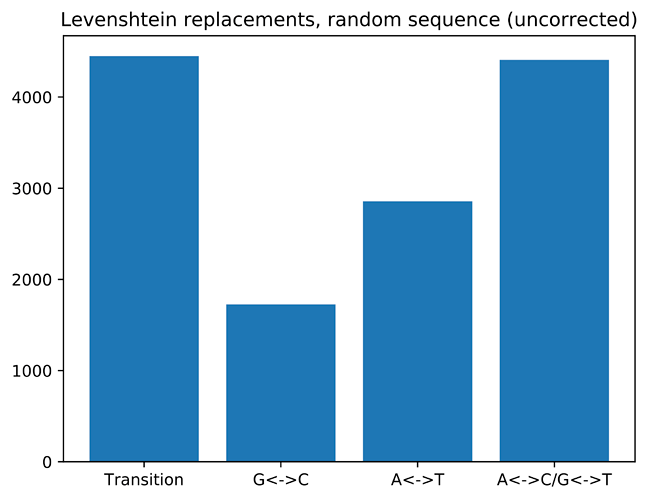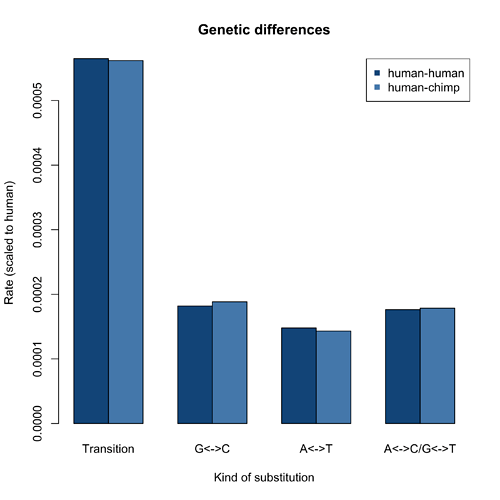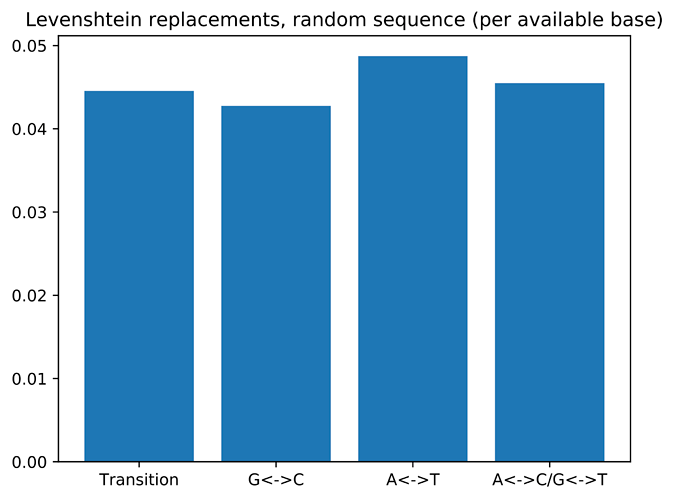So again, further explaining why and how I completely agree with this statement above (if we’re speaking in the scientific and not theological realm, of course). So continuing my ever increasingly convoluted ten commandments illustration…
- So now assume that our archaeologist had indeed discovered a fragment of the original tablet of the law, but now add that he discovered something that he felt might indeed be evidence of something extraordinary… perhaps let’s say he had the tablet analyzed, and crystallization or evidence of melting around the Hebrew letters confirmed that it had in fact been burned into the stone and melted the parts of it reflecting Hebrew letters. But indeed, his colleagues confirm that the burned Hebrew letters were caused by a flame that exceeded 6000F . Now, consider his dilemma… he knows that the ability to produce so hot, and so precise a flame simply did not exist at the time and provenance of this tablet. Short of positing the idea that humans had secretly discovered and quickly lost advanced welding technology some 3000 years ago, he knows that these Hebrew letters inscribed in the stone are simply not “man-made”. Now let’s say that this archaeologist now personally embraces a belief (rightly, given my hypothetical scenario) that this was in fact the original stone tablet inscribed by God directly.
Now, here’s the main question: What can he say scientifically at this point?? What would his scientific approach allow him to do? What can he publish in a scientific peer-reviewed journal of archaeology? I suggest he could still do the following and remain squarely in the realm of science - even in light of his personal belief that God was in fact the direct agent who carved these particular words…
-
he could still maintain (just like in 1, 2, and 3 above) that the markings on the rock reflected intelligent, purposeful agency. His (personal) belief about the identity of the particular author or inscriber of those Hebrew words in no way keeps him from recognizing intelligent agency behind those words, nor would his personal belief render his recognition of intelligent agency behind Hebrew words as “unscientific”. So this recognition, of intelligent agency or purpose, in itself, is squarely in the realm of science. If he were to argue that the specific identity of this author were divine or supernatural, then indeed at that point he would cross into the realm of theology or metaphysics. But I submit that his basic recognition of Hebrew words as intelligently caused is just as “scientific” in this case as it would be in 1, 2, and 3 above.
-
He could also recognize, and publish in a scientific journal, that no known human agency extant at the time could have carved those particular markings, given what was determined about the nature of the heat that melted/burned them into this stone. Given my hypothetical scenario, this in itself would be a simple and accurate and most scientific statement. Now, this observation may indeed have theological implications, but the observation itself is still squarely in the realm of science. science, natural history, etc., knows of no historic human technology or process that could have caused such phenomenon. And recognizing that the phenomenon is not explicable by certain hypotheses would remain squarely within the realm of science.
I maintain that those two claims could indeed be made, scientifically, and uncontroversially, even while my hypothetical archaeologist held theological views wherein he in fact believed that the ultimate cause of the phenomenon was in fact divine or supernatural. Neither of these observations is trying to use science “on the supernatural” or to draw supernatural conclusions from natural premises, etc.
What he could not say scientifically is any form or variation of the following:
- This proves that God was the one that carved these inscriptions in the stone.
Hence why I am fully in agreement with what you wrote above: One can not “scientifically detect that this work was done by a supernatural or divine being and not say advanced alien life.” In my hypothetical scenario, undiscovered alien life would by just as “possible” an explanation that covered the relevant facts as a supernatural hypothesis. And no “scientific” method or evidence, itself, could rule out the one in favor of the other.
If he did conclude (even personally and privately) that God were the one who inscribed this tablet, that is and would remain a theological claim, one that could not be embraced or claimed as a scientific conclusion.
But my claim is that 1) his recognition of intelligent agency, and 2) his ability to rule out certain natural explanations, are both squarely within the realm of science even if these scientific observations had theological implications
So…
I hope you can see how and why we agree 100% on that point… but also why I believe one should not do science or methodological naturalism in a way that rules out or precludes the ability to see design, or which rules out a design hypothesis a priori, simply because one might in fact believe the said designer to in fact be God?.




